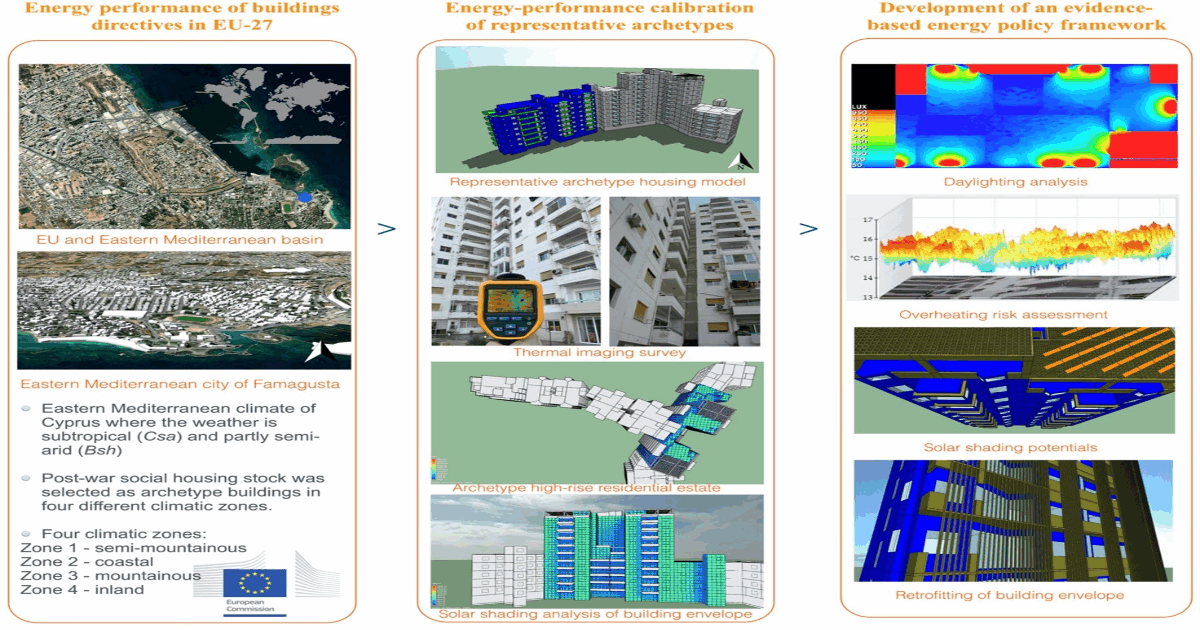Urban Climate Adaptability of Buildings: Theories, Methodologies and Cases
A special issue of Sustainability (ISSN 2071-1050). This special issue belongs to the section "Green Building".
Deadline for manuscript submissions: closed (30 April 2024) | Viewed by 21072

Special Issue Editors
Interests: adaptive thermal comfort; bioclimatic design; building optimization; energy; energy policy; energy efficiency; environmental monitoring; environmental psychology; climate modelling; energy modelling; indoor air quality; life cycle-cost-assessment; passive design; overheating risk; occupant behaviour; regression forecasting; renewable energy; retrofitting; social housing; solar energy; sustainability; thermal-imaging; urban climate; urban heat island; vernacular architecture
Interests: sustainable design; healthy buildings; indoor environmental quality; sustainable development; building simulation
Special Issues, Collections and Topics in MDPI journals
Interests: climate modelling; energy assessment; environmental monitoring; health and well-being; indoor air quality; occupant behaviour; overheating risk assessment; pro-behaviour and environmental psychology; sustainability; thermal modelling
Special Issue Information
Dear Colleagues,
Best practices from around the world have proven that holistic retrofitting schemes can be the key to identifying cost-effective solutions for energy-efficient building systems that depend on climate zones, the density of energy users, and local resources. Green urbanism can be applied to various scales of communities (e.g., to a group of buildings, a campus, a city, a region, or even an entire nation). Although the integration of the bioclimatic design elements into district-scale retrofitting and urban planning processes may be a challenging task, it also provides significant opportunities to support energy efficiency and climate resilience by increasing budgets for investments derived from energy savings, by providing more resilient and cost-effective systems, by increasing comfort and quality of life, and by stimulating local production, which boosts local economies.
This Special Issue aims to advance bioclimatic design, with a focus on the application of climate adaptability in the design of future buildings, cities and the retrofitting of existing buildings. This call seeks to address the challenge of how to design and plan our buildings and cities so that they maintain the desired performance and thermal comfort to their residents, even as the climate changes in future decades. This Special Issue will present an overview of effective bioclimatic design strategies that enable climate-adaptable buildings and cities. The main objective is to address the problems of designing with climate, which are relevant for all types of building design and master planning schemes globally, particularly the implications for bioclimatic high-performance buildings that are intrinsically connected with the climate, Nature and the built environment. This call seeks to publish representative pilot study examples, methodologies and innovative design approaches spanning a broad range of topics to promote the generalizability of findings, but it is only limited to the publication of case studies in climate-responsive design, considering the notion of sustainability. It aims to cover a wide range of contexts dealing with the detrimental impact of climate change across the globe.
The topics include, but are not limited to, the following:
- Bioclimatic building design;
- Climate change and mitigation;
- Passive solar design;
- Sustainable building design;
- Environmental monitoring, testing and modelling;
- Outdoor thermal comfort;
- Thermal comfort and adaptation;
- Smart cities and resilience;
- Green architecture and urbanism;
- Net-zero-energy buildings and communities;
- Geographic information systems;
- Climate modelling and forecasting;
- Environmental sustainability;
- Climate resilience and adaptation;
- Urban environment;
- Urban heat island effect;
- Sustainable Development Goals;
- Indoor air quality;
- Healthy building design;
- Modelling the energy performance of buildings;
- Building energy performance assessment methods;
- Ecoregional green roof design;
- Environmental geography;
- Urban geography and urbanism;
- Urban microclimate modelling;
- Urban climatology;
- Environmental building design;
- Regenerative adaptive design;
- Urban health and well-being;
- Healthy ecological systems;
- Solar buildings and neighborhoods;
- Urban energy usage;
- Climate responsive design;
- Tropical sustainable architecture;
- Healthy buildings and houses;
- Sustainable built environments;
- Sustainable urbanism.
Dr. Bertug Ozarisoy
Prof. Dr. Hasim Altan
Dr. Young Ki Kim
Guest Editors
Manuscript Submission Information
Manuscripts should be submitted online at www.mdpi.com by registering and logging in to this website. Once you are registered, click here to go to the submission form. Manuscripts can be submitted until the deadline. All submissions that pass pre-check are peer-reviewed. Accepted papers will be published continuously in the journal (as soon as accepted) and will be listed together on the special issue website. Research articles, review articles as well as short communications are invited. For planned papers, a title and short abstract (about 100 words) can be sent to the Editorial Office for announcement on this website.
Submitted manuscripts should not have been published previously, nor be under consideration for publication elsewhere (except conference proceedings papers). All manuscripts are thoroughly refereed through a single-blind peer-review process. A guide for authors and other relevant information for submission of manuscripts is available on the Instructions for Authors page. Sustainability is an international peer-reviewed open access semimonthly journal published by MDPI.
Please visit the Instructions for Authors page before submitting a manuscript. The Article Processing Charge (APC) for publication in this open access journal is 2400 CHF (Swiss Francs). Submitted papers should be well formatted and use good English. Authors may use MDPI's English editing service prior to publication or during author revisions.
Keywords
- adaptive thermal comfort
- deep energy retrofit
- environmental behavior
- field testing and monitoring
- outdoor thermal comfort
- mitigation strategies
- urban building energy modelling
- urban environmental monitoring
- sustainable design
- vernacular architecture







